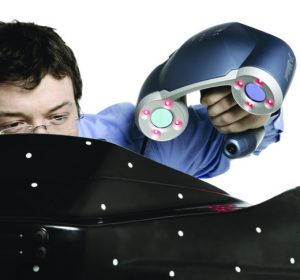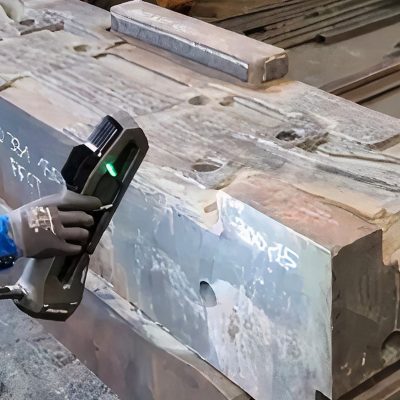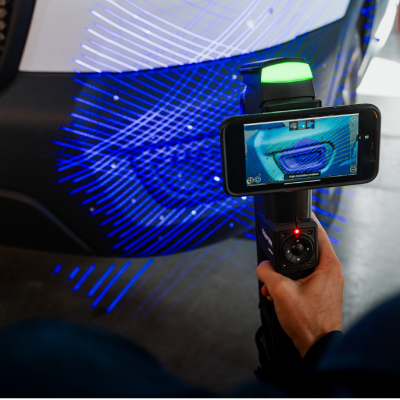April 15, 2024
Use of 3D scanner increases efficiency and reduces labor and material costs See the article ACCURACY AND RESOLUTION IMPROVEMENT
ACCURACY AND RESOLUTION IMPROVEMENT
When we think of future laser scanning, the first thing that comes in mind is an accuracy and resolution improvement. But this is not the big deal…
First parameters to consider are from an engineering point of view and are limited by price and engineering capabilities. Structural rigidity of the scanner itself has virtually no limitations if we consider new materials (ceramics) and new geometries (thermo stablility, stiffness etc). Cameras are getting more and more pixels and optics get very high quality (price will surely lower with time).
When talking about accuracy the real problem comes from physics limitations. This is what will ultimately stop accuracy improvement. Since surface geometry is acquired from laser light, the first physical limitation to consider is wavelength of laser. Actually there is a physic theorem that states it is impossible to observe details smaller than the wavelength used. Right now lasers used in 3D scanning are all visible light (between 400 and 700 nm). Maybe future laser scanners will use shorter wavelengths such as UV?
Another limitation comes from light interaction with matter. When light passes close to a sharp edge it is diffracted making the laser line to split into diffraction patterns. Light is not always reflected on the first layer of atoms of the material (what is the physical boundary between an object and space surrounding it anyway?). These considerations make it really hard to estimate the maximum accuracy achievable. Moreover when entering the physical considerations, it seems that material composition could affect precision itself.
FORESEEN IMPROVEMENTS FOR 3D LASER SCANNING
For 3D scanning used in Reverse Engineering (RE) and Inspection, we can foresee that the real next major evolution step will be live features recognition. Intelligent software improvement would permit to recognize, in real time, the actual geometry that is scanned. This could permit automatic reconstruction for RE, automatic alignment with CAD when inspecting and moreover it could eliminate needs for targeting! Imagine that the software recognize the parts it is scanning as a solid object: it would make it possible for the software to know where measurement is actually being taken on the part. This is truly artificial intelligence, but new development in this area (3D object reconstruction from pictures) forecast real developments right on the corner.
Who will be first to release such technology?

 ACCURACY AND RESOLUTION IMPROVEMENT
ACCURACY AND RESOLUTION IMPROVEMENT






